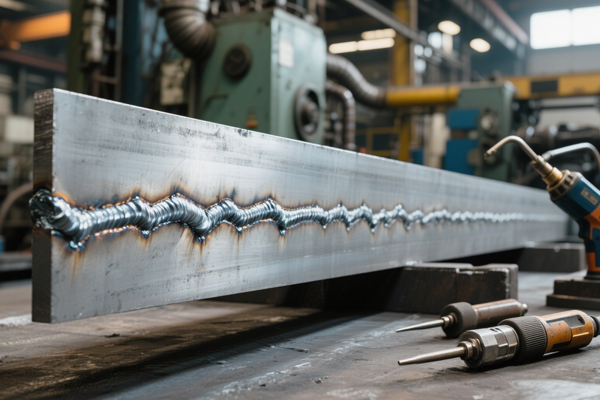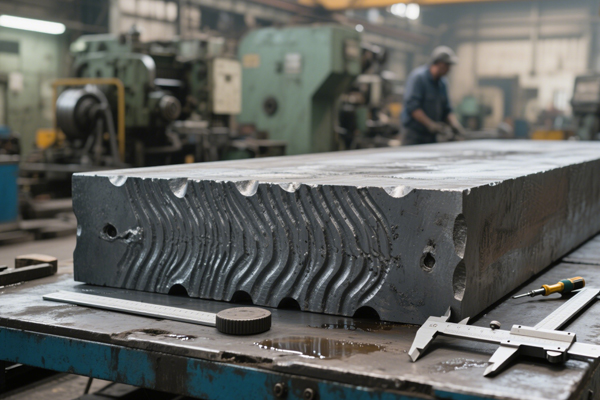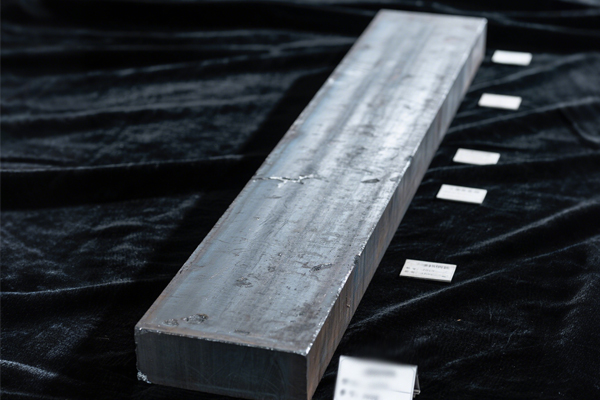AR400 VS AR450 VS 500-Understanding What is Abrasion Resistant Steel
WHAT IS ABRASION RESISTANT STEEL PLATE?
Abrasion resistant (AR) steel plate is a high-carbon alloy steel plate. This means that AR is harder due to the addition of carbon, and formable and weather resistant due to added alloys.
Carbon added during the formation of the steel plate substantially increases toughness and hardness, but reduces strength. Therefore, AR plate is used in situations where abrasions and wear and tear are the main causes of failure. AR plate is not ideal for structural construction uses like support beams in bridges or buildings.
Common uses for AR plate include conveyors, buckets, dump liners, construction attachments, grates, body armor and ballistic plates (and as targets at shooting ranges).
HOW THE QUENCHED&TEMPERED PROCESS CREATES AR PLATE
AR material is produced by quenching and tempering forged steel blocks, or ingots. During this process, the grain structure is changed to increase toughness and encourage formability (or, to be less brittle), and results in through-hardening of the material.
Quenching and tempering (Q&T) is a two-part process:
Quenching occurs when steel brought to a high temperature – usually between 1,500-1,650-degrees Fahrenheit – is rapidly cooled with water. This process causes crystal structures to form within the steel, increasing hardness.
Tempering is the process of re-heating quenched steel to a below-critical temperature (around 300-700-degrees Fahrenheit), and then allowing the plate to cool in normal air temperatures.
Reheating the material breaks down the crystal structures formed during the quenching process, while the long cooling allows the crystal structures to refrom – maintaining most of the strength and hardness, but adding to overall ductility.
WHAT IS THROUGH-HARDENING?
AR steel is often described as being through-hardened, but what does that really mean?
When grain structure changes during the initial heating stage of Q&T, the composition of the entire plate changes. This is referred to as through-hardening. Through-hardening differs from “case-hardening,” also referred to as “surface-hardening,” which only hardens the surface while allowing the metal deeper underneath to remain soft. In this case, the composition, or hardening, of the plate only changes at the surface level.
AR400 VS AR450 VS AR500
Before we dive into the difference between these common types of AR steel, it is important to clarify that AR steels are not governed by a specific chemistry, but a level of hardness.
Different mills may have different “recipes” for AR steel, but produced material is administered a hardness test – known as the Brinell Test – to determine the category in which it falls.
The technical difference between AR400, AR450 and AR500 is the Brinell Hardness Number (BHN), which indicates the material’s level of hardness:
AR400: 360-440 BHN Typically
AR450: 430-480 BHN Typically
AR500: 460-544 BHN Typically
AR600: 570-625 BHN Typically (less common, but available)
So, what does this mean in terms of usability? How do you know which level of hardness your project needs?
Projects that require AR materials are typically those that need a specific balance between hardness and brittleness. As you increase hardness, you also increase brittleness, making the material difficult to form, shape and weld. For some projects, hardness is critical, so brittleness is sacrificed. But in other cases, the material must be formed and handled, so the level of hardness must be reduced.
As a general rule, AR400 and AR450 are the “sweet spots” in terms of good hardness combined with good formability. For projects that truly beat up the material, AR500 and AR600 will last longer and need to be replaced less frequently.
Uam willltimately, you and your te be the best judge of which material your project needs. Cost, of course, comes into play, as sometimes it’s worth having a formable material that needs to be replaced more often.
Once your team determines the correct material needed for a project, Rrunfei Steel Group expert team can help you source what you need when you need it. Our company specializes exclusively in selling larger quantities of steel plate, so contact us, request a quote or learn more today.





